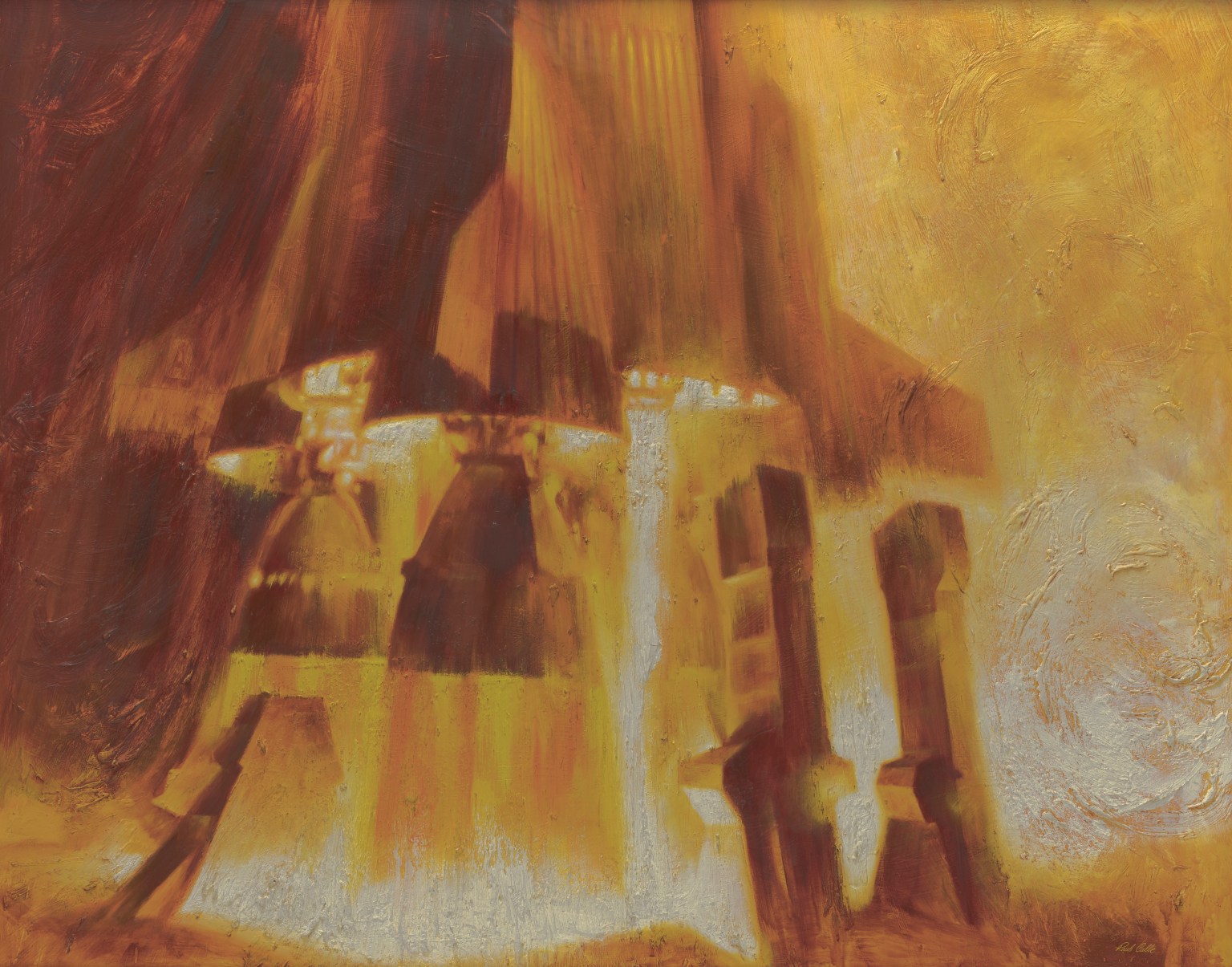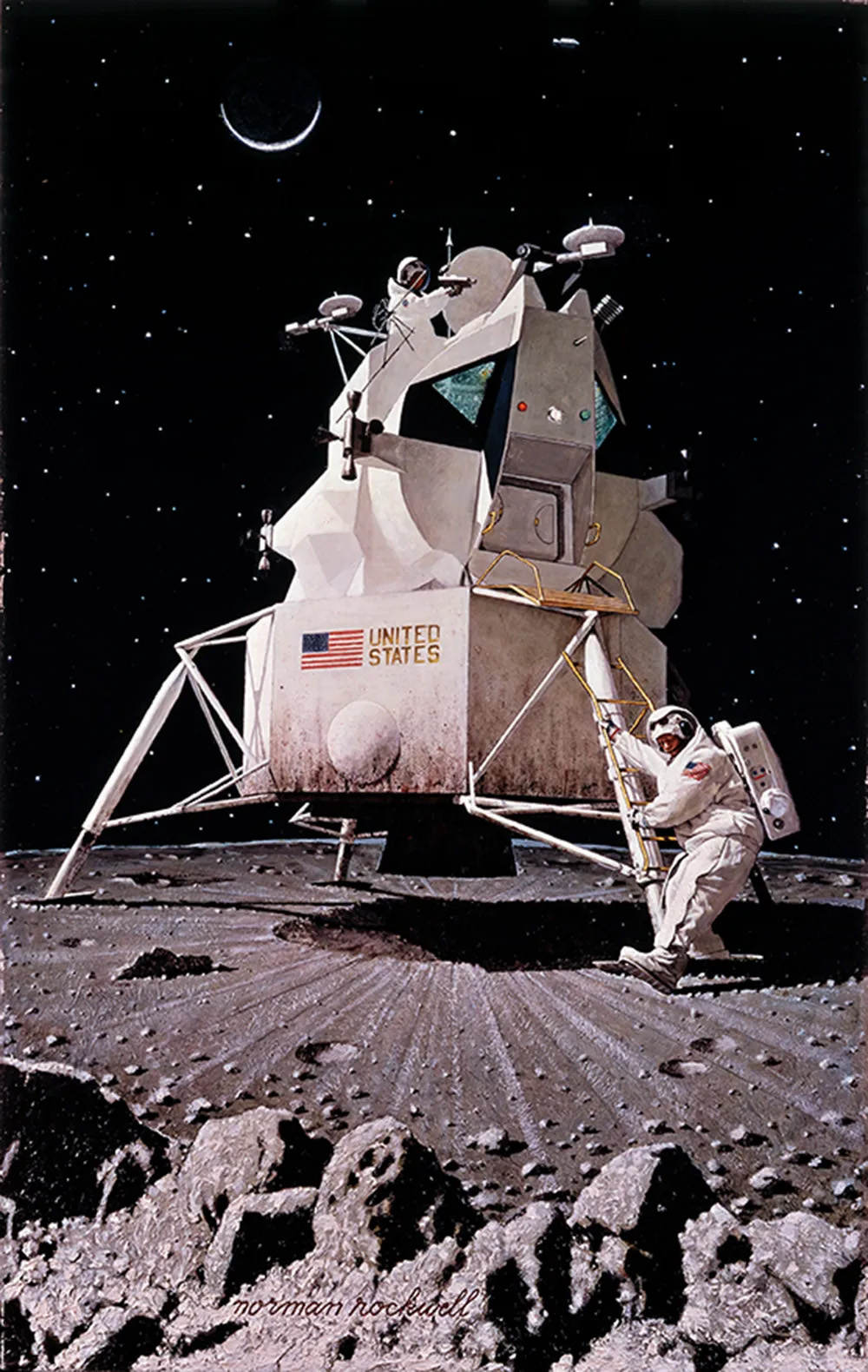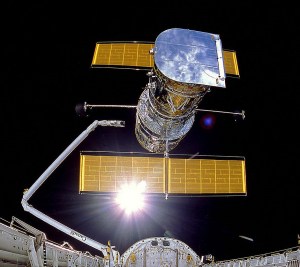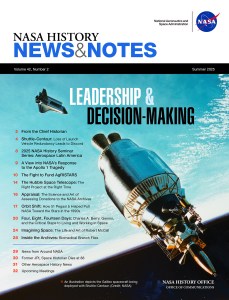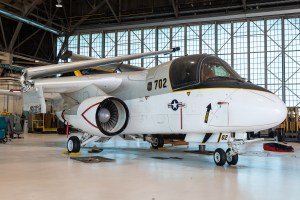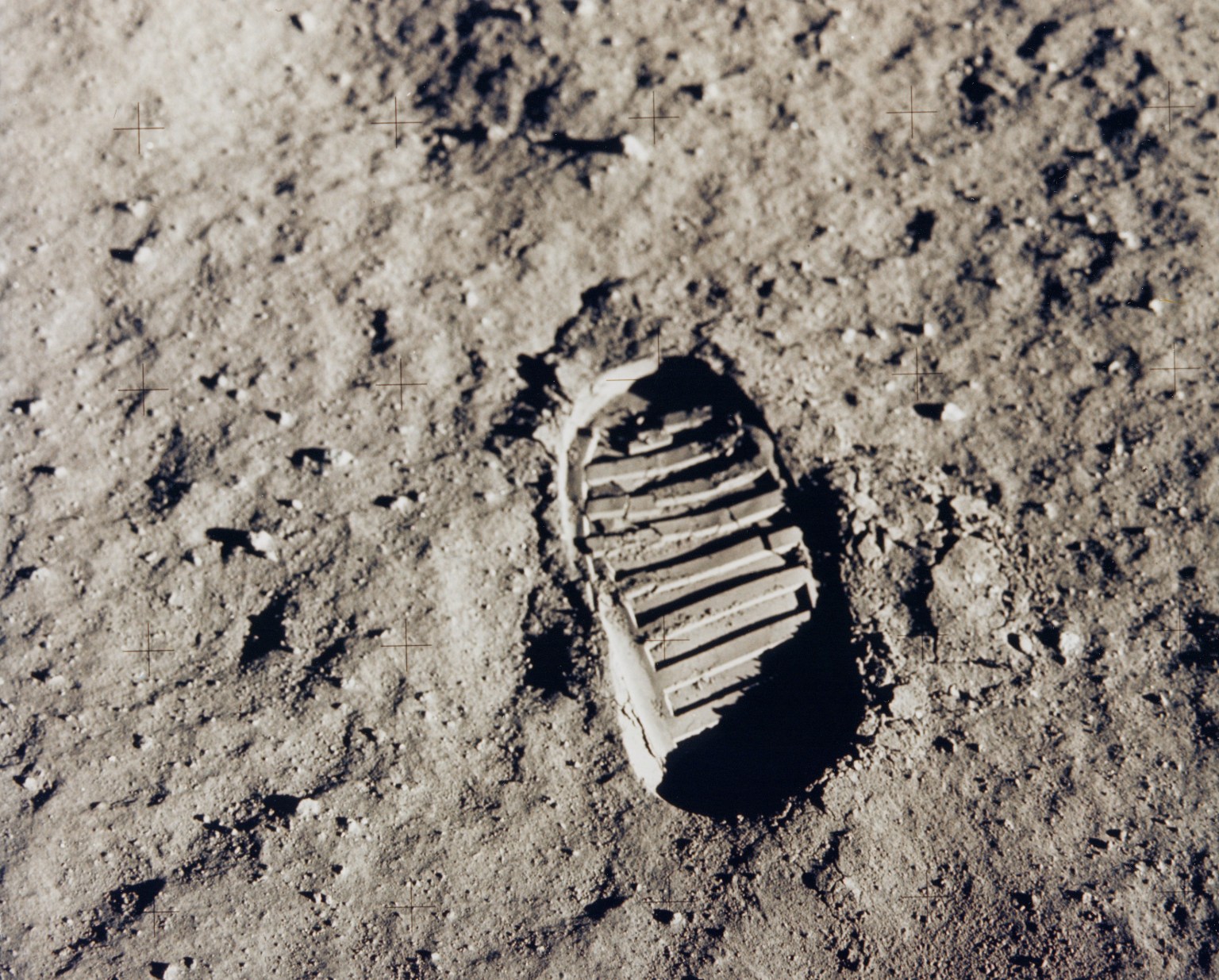Honoring James Dean and His Artistic Legacy
NASA has a long history of working with artists to help tell the agency’s story going back to the dawn of the space age. In 1962, less than five years after NASA was founded, Administrator James Webb tasked his staffer and artist James Dean to implement a new arts program, charging him to actively seek out artists to show a different side of the agency. Webb reflected that, “Important events can be interpreted by artists to give a unique insight into significant aspects of our history-making advances into space. An artistic record of this nation’s program of space exploration will have great value for future generations and may make a significant contribution to the history of American art.”1

With the help of National Gallery of Art curator Hereward Lester Cooke, Dean laid the framework. Artists would be given impressive behind-the-scenes access to NASA missions, including suit-up, launch and landing activities, meetings with scientists and astronauts, etc. In his invitation letter to artists, Cooke wrote, “NASA decided to ask artists to supplement the record after reviewing the documentation of the first few years of the Space Age. It was realized that important steps in the Space Age were missing. When a launch takes place at Cape Canaveral, Fla., more than 200 cameras record every split second of the activity. Every nut, bolt, miniaturized electronic device is photographed from every angle. The artist can add very little to this in the way of factual record. But, as [Honoré] Daumier pointed out about a century ago, the camera sees everything and understands nothing. It is the emotional impact, interpretation and hidden significance of these events which lie within the scope of the artist’s vision. An artist may depict exactly what he thinks he sees, but the image has still gone through the catalyst of his imagination and has been transformed in the process.”2
A NASA commission was modest, a mere $800, but artists were motivated not by the financial gain but by the prospect of seeing history unfold firsthand. Artists ranged from the abstract artist Robert Rauschenberg to the figurative painter and illustrator, Norman Rockwell. Styles varied and artists were not constrained in any direction by NASA. Although NASA staff needed to get used to artists being around, after a while they welcomed them into the NASA community, which afforded the artists amazing access. Artist Peter Hurd reflected on the whole experience: “For the next five days, we painters, seven in all, roamed the Cape, sometimes with guides, sometimes by ourselves. We had been invited … to make notes, sketches and paintings … to form an archive of potential historical value. I am certain that I speak for all when I say we were, each of us, tremendously stirred and often awed, by the things we saw and heard during those those five crowded days.”3
I am certain that I speak for all when I say we were, each of us, tremendously stirred and often awed, by the things we saw and heard during those five crowded days.

Peter Hurd
NASA Art Program Artist
The works created from L. Gordon Cooper’s Faith 7 mission were incorporated into an exhibition at the National Gallery of Art in 1965. Art critic Frank Getlein who reviewed the exhibition for the Washington Star wrote, “‘Eyewitness to Space’ is the collective name of 70 paintings and drawings produced by 15 artists under the NASA Art Program, now 2 years old. The work shows total freedom and a wide variety, ranging from the superb illustrationist’s style of Paul Calle to the highly individual abstraction of Washington artist Alfred McAdams.”4 The success of the first exhibition led to a second exhibition of NASA art at the National Gallery in 1969, following Apollo 11. However, as the Apollo program drew to a close in the 1970s, fewer commissions took place, which coincided with the lull of missions between Apollo and the shuttle program. James Dean arranged for a transfer of NASA-commissioned works to the National Air and Space Museum to protect the collection. It wasn’t until the inauguration of the space shuttle that the program took on a new momentum under the direction of Robert Schulman. Schulman’s commissions embraced a number of subjects, but mostly focused on the space shuttle.
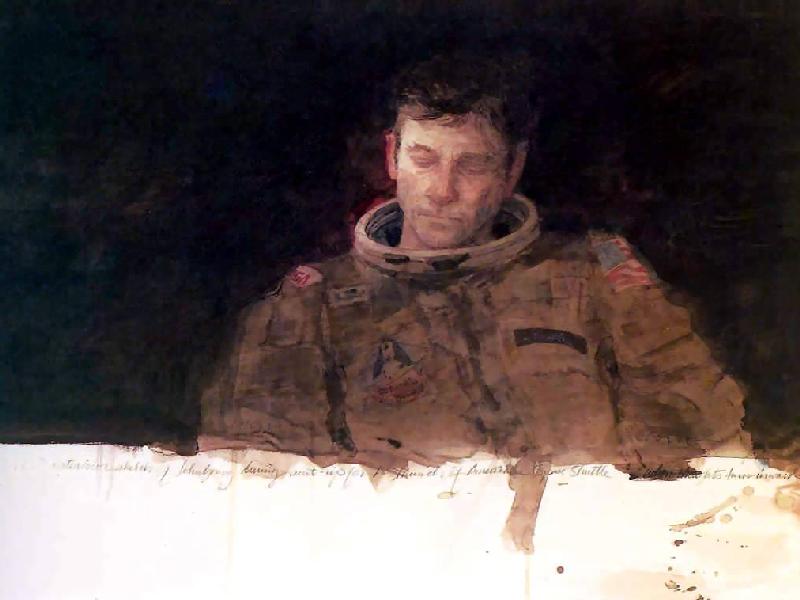
In the 1990s the program was turned over to Bert Ulrich, who was tasked by Administrator Dan Goldin to embrace new art forms. Works included video art by Nam June Paik, an ode to NASA by Ray Bradbury, and photography by Annie Leibovitz, William Wegman, and Thomas Struth. Musical pieces included a tribute to the Voyager mission written by Terry Riley and performed globally by the Kronos Quartet. Works covered a variety of subjects ranging from Mars probes to the Hubble Space Telescope and attracted the attention of museums like the Pompidou Center, the Hirshhorn Museum, and the Guggenheim, which all exhibited NASA-commissioned works.
Since then, the program has evolved to focus on creating artwork for and by diverse communities across the country. Now under the direction of Lauren Katz, the newly revamped program seeks opportunities to collaborate with emerging and established artists to develop space-themed murals. The goal of the program is for organizations and artists to collaborate with NASA to create public works of art that will enable more people to see themselves in NASA’s stories. Public murals will be created in New York and Washington, DC, in 2024, and the agency will expand the program nationally in 2025.
Notes
[1] NASA, First Drawings Received from NASA Artists’ Cooperation Program, NASA Press Release, #63-140 (1963) p. 3.
[2] Cooke, H.L. and J.D. Dean, Eyewitness to Space, (New York, Harry N. Abrams, Inc., 1971) pp. 11–13.
[3] Hurd, Peter, “Countdown at Canaveral,” Art in America 5 (October 1963) pp. 60–72.
[4] Getlein, Frank, “Eyewitness to Space Exhibition Opens at National Gallery of Art,” The Sunday Star, Washington, DC (March 14, 1965) p. G6. © 1980 The Washington Star. Reprinted with permission of the Washington Star.


























